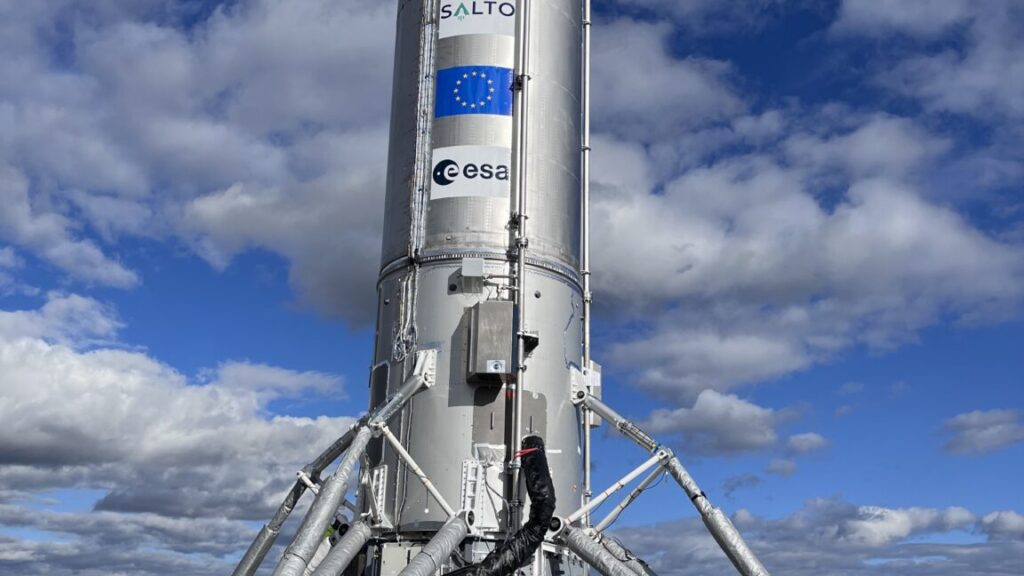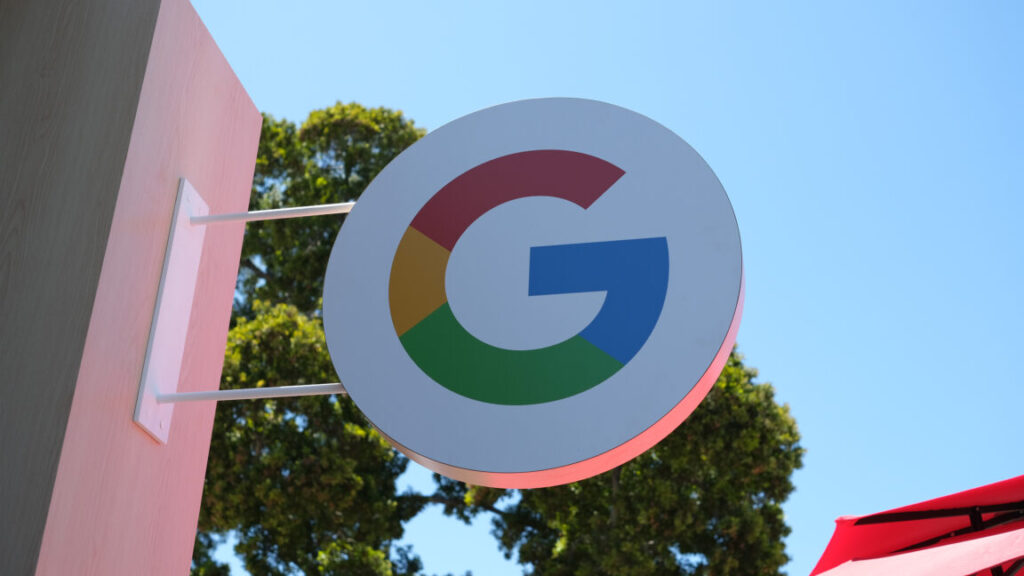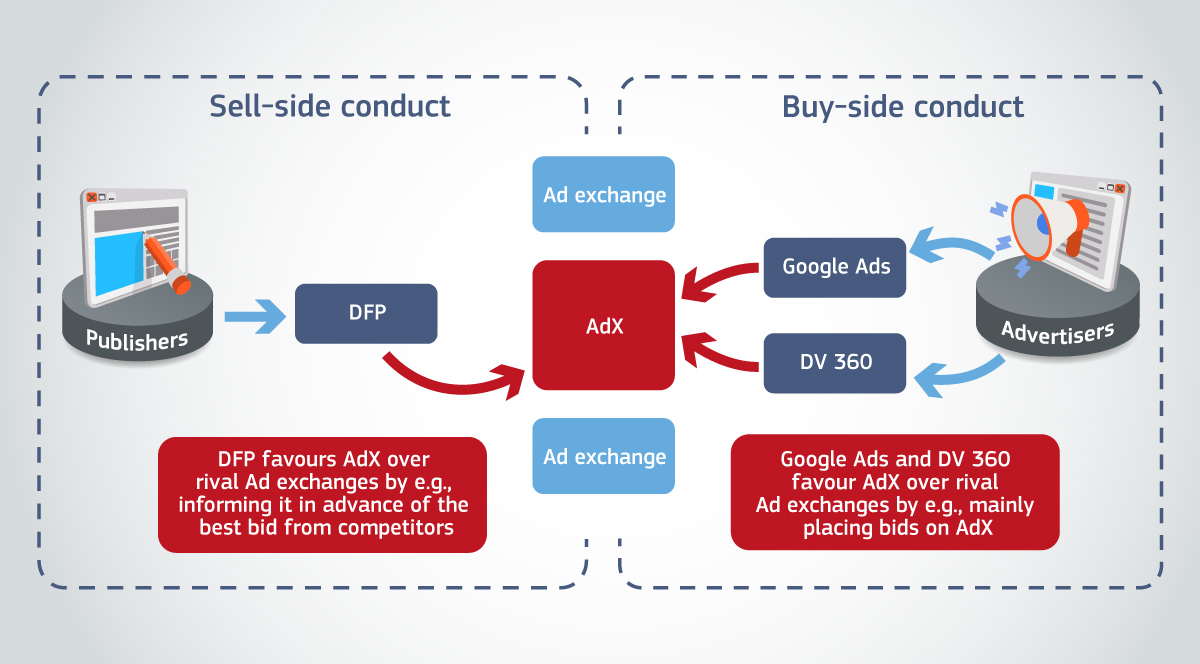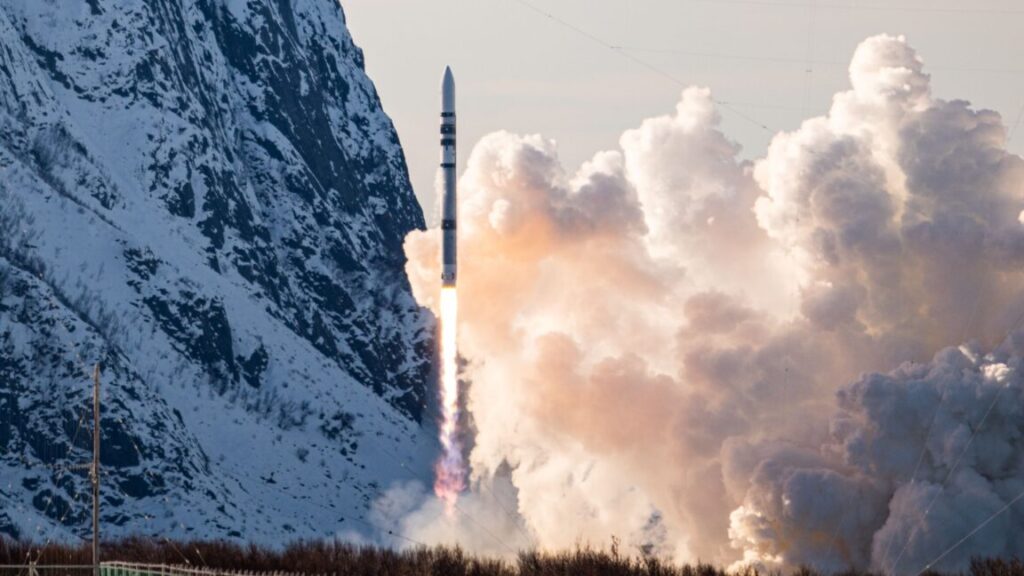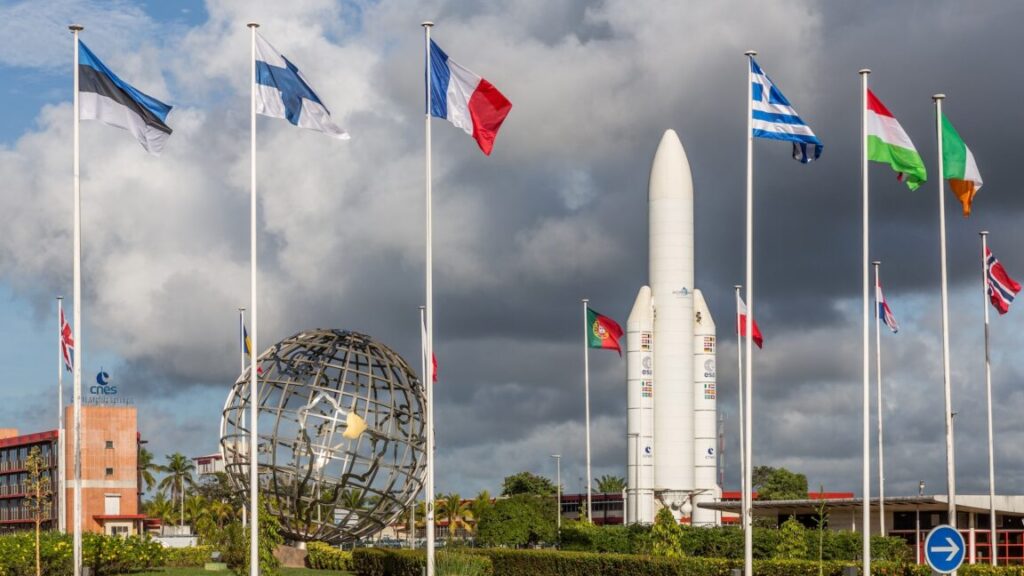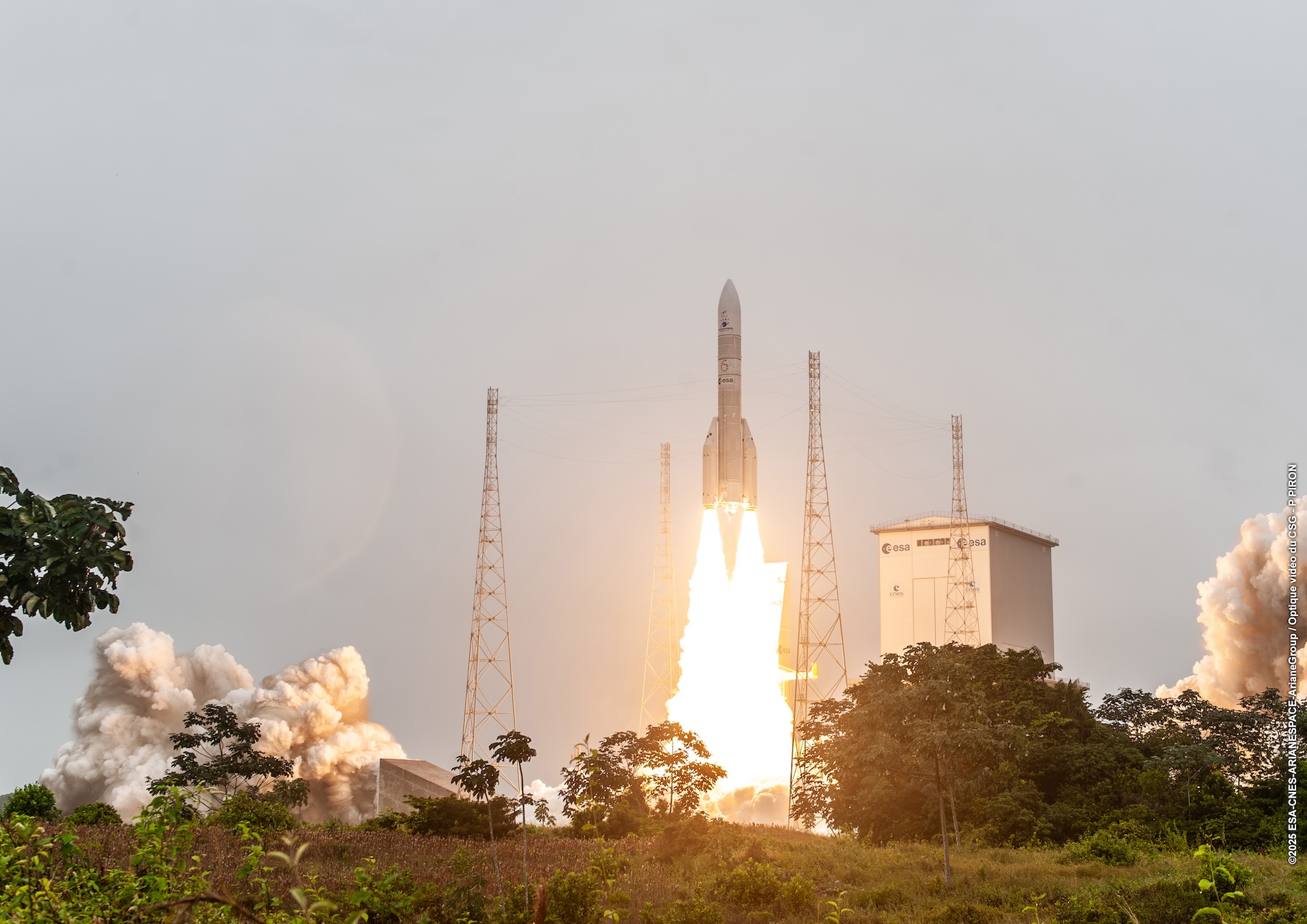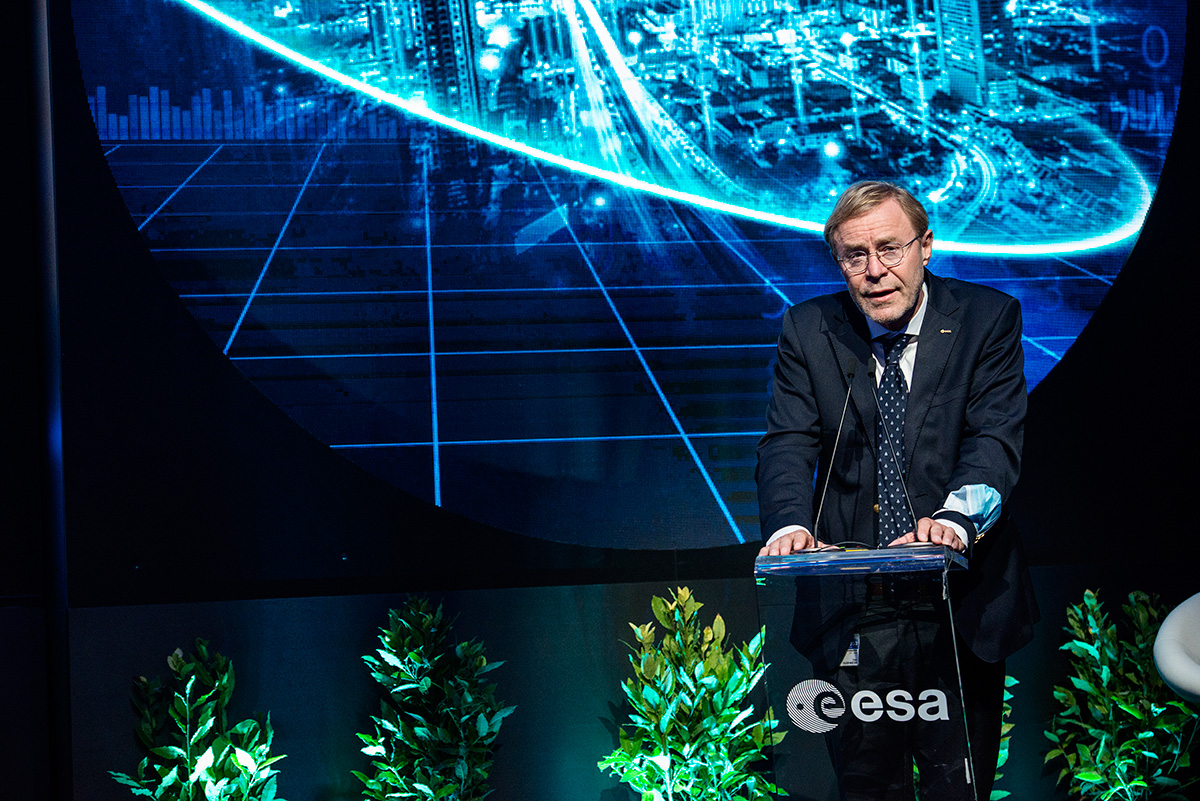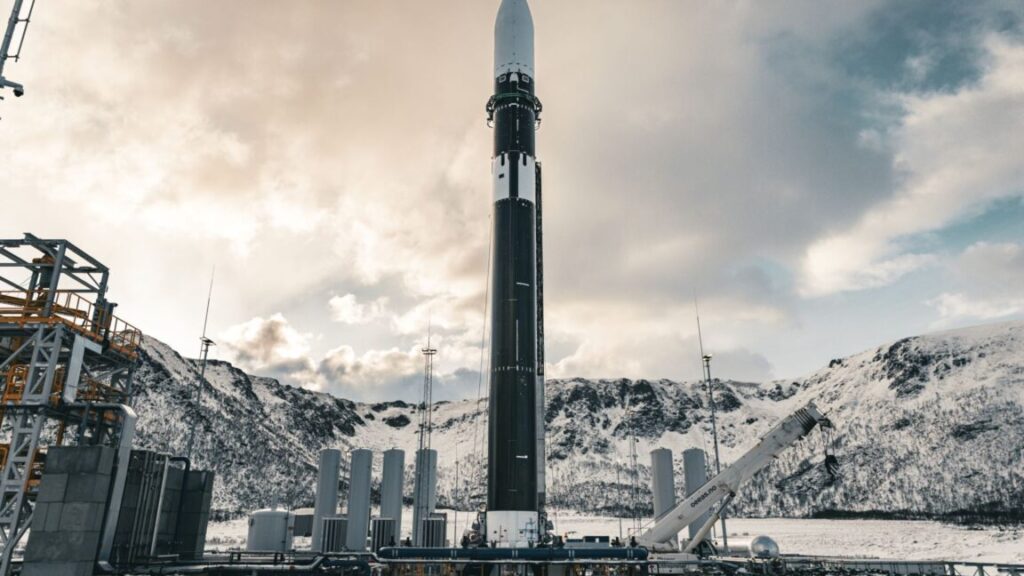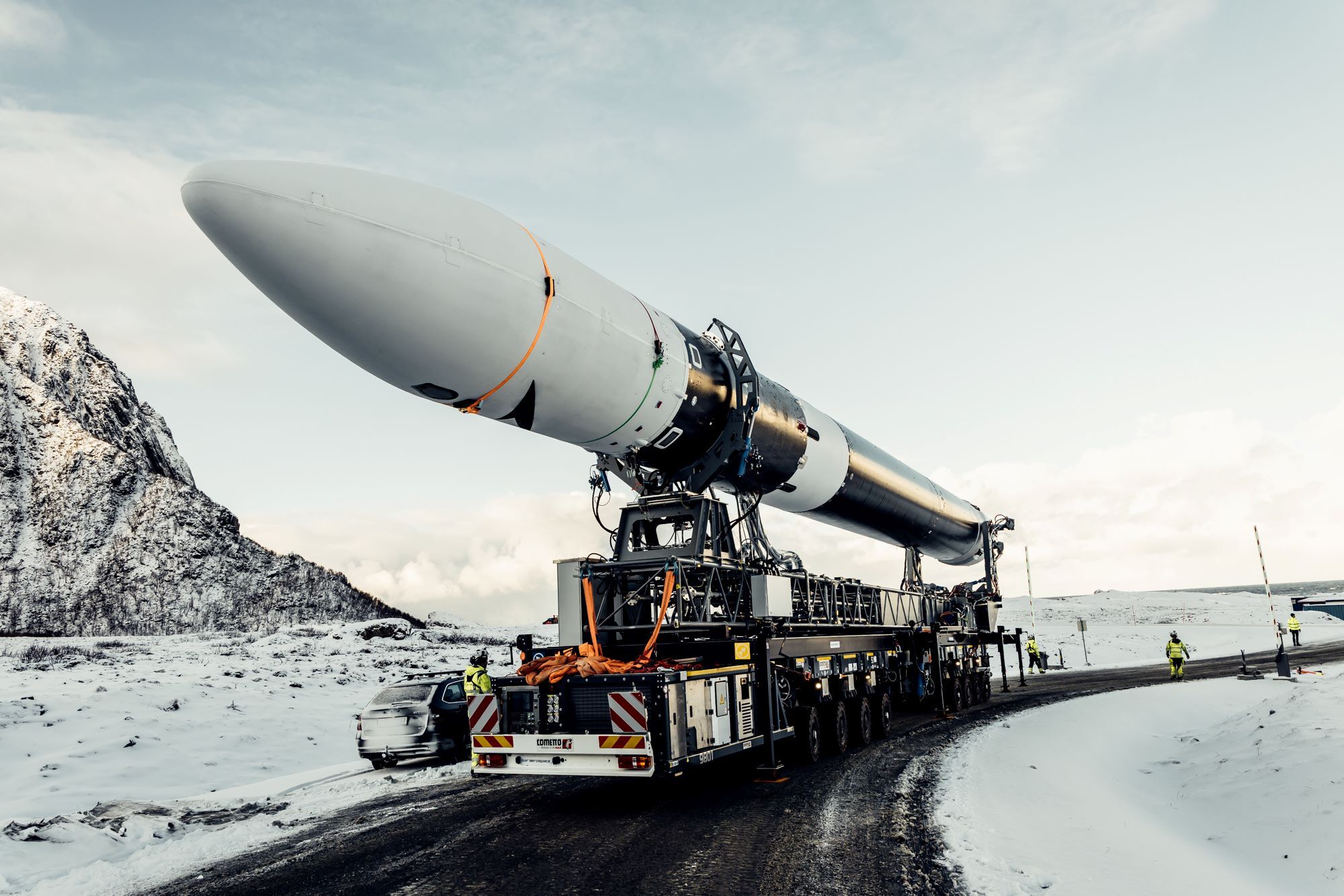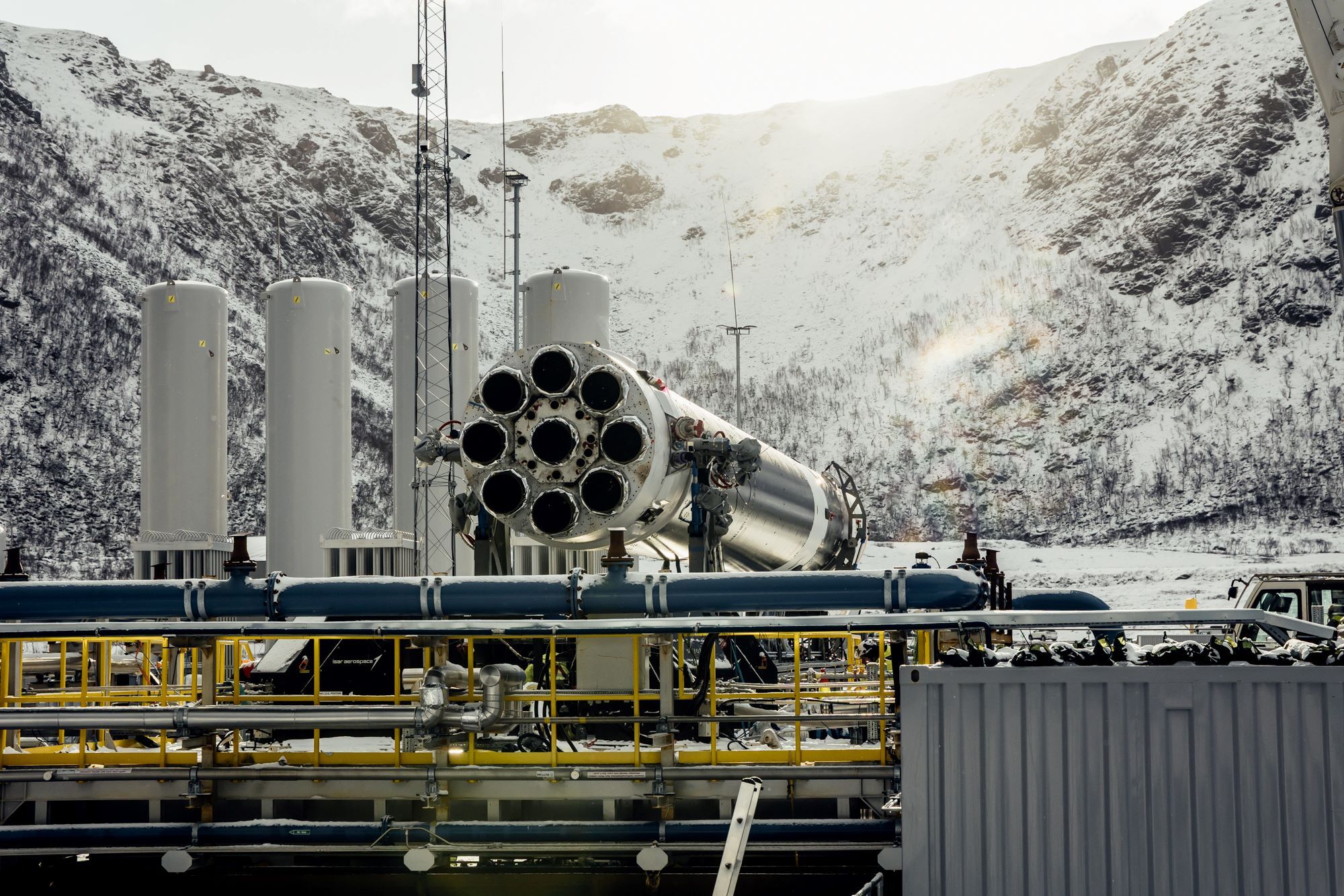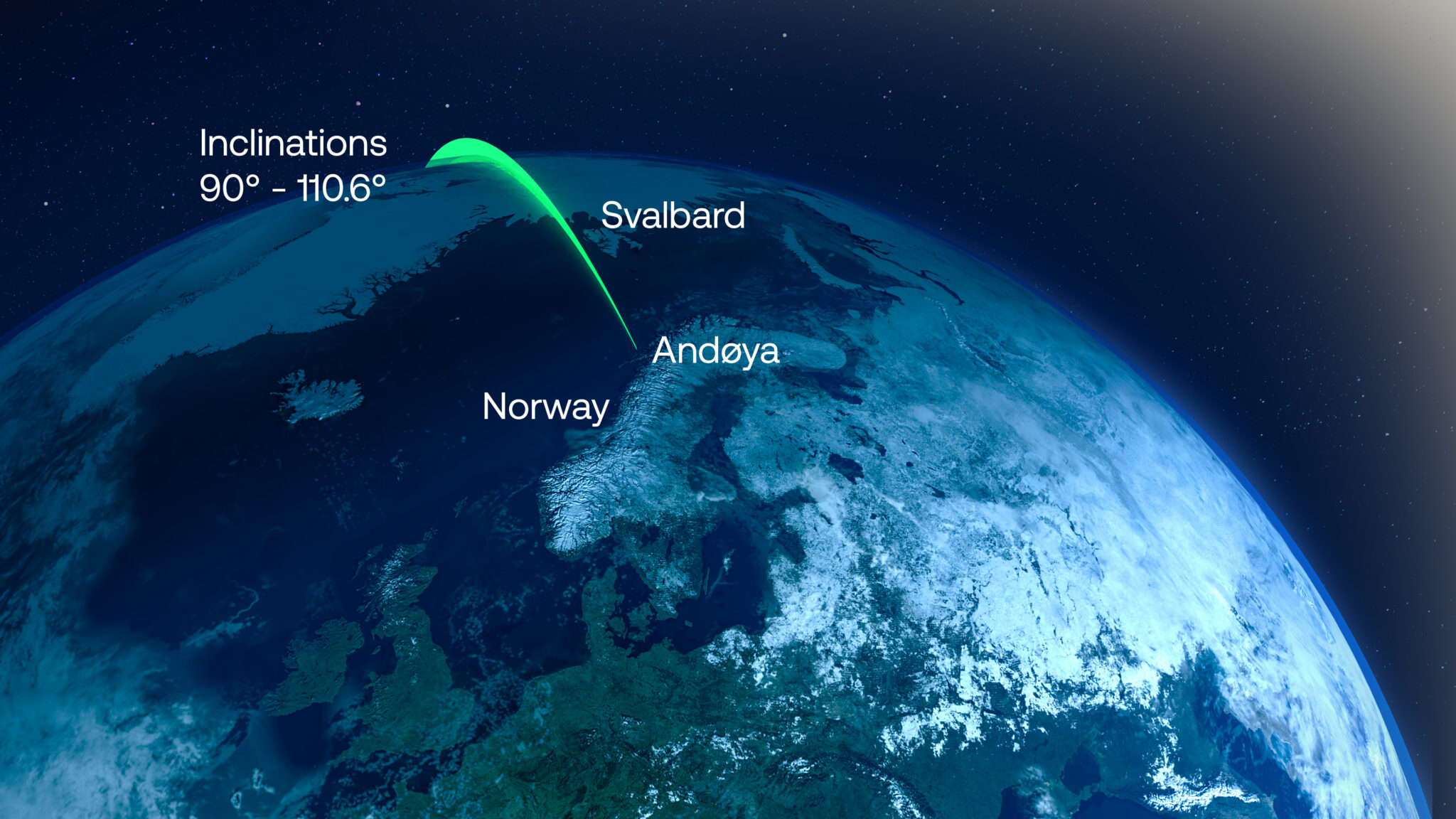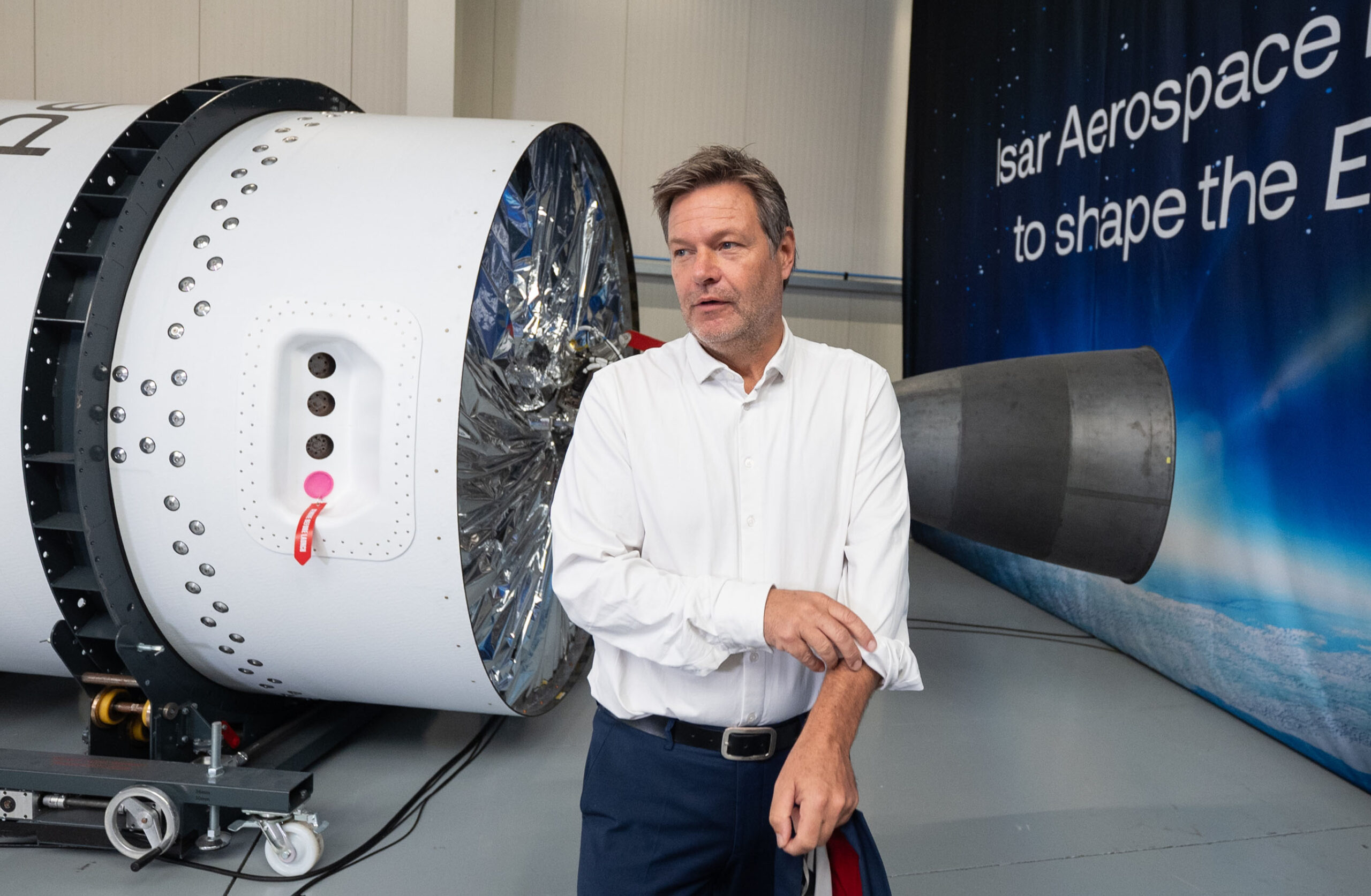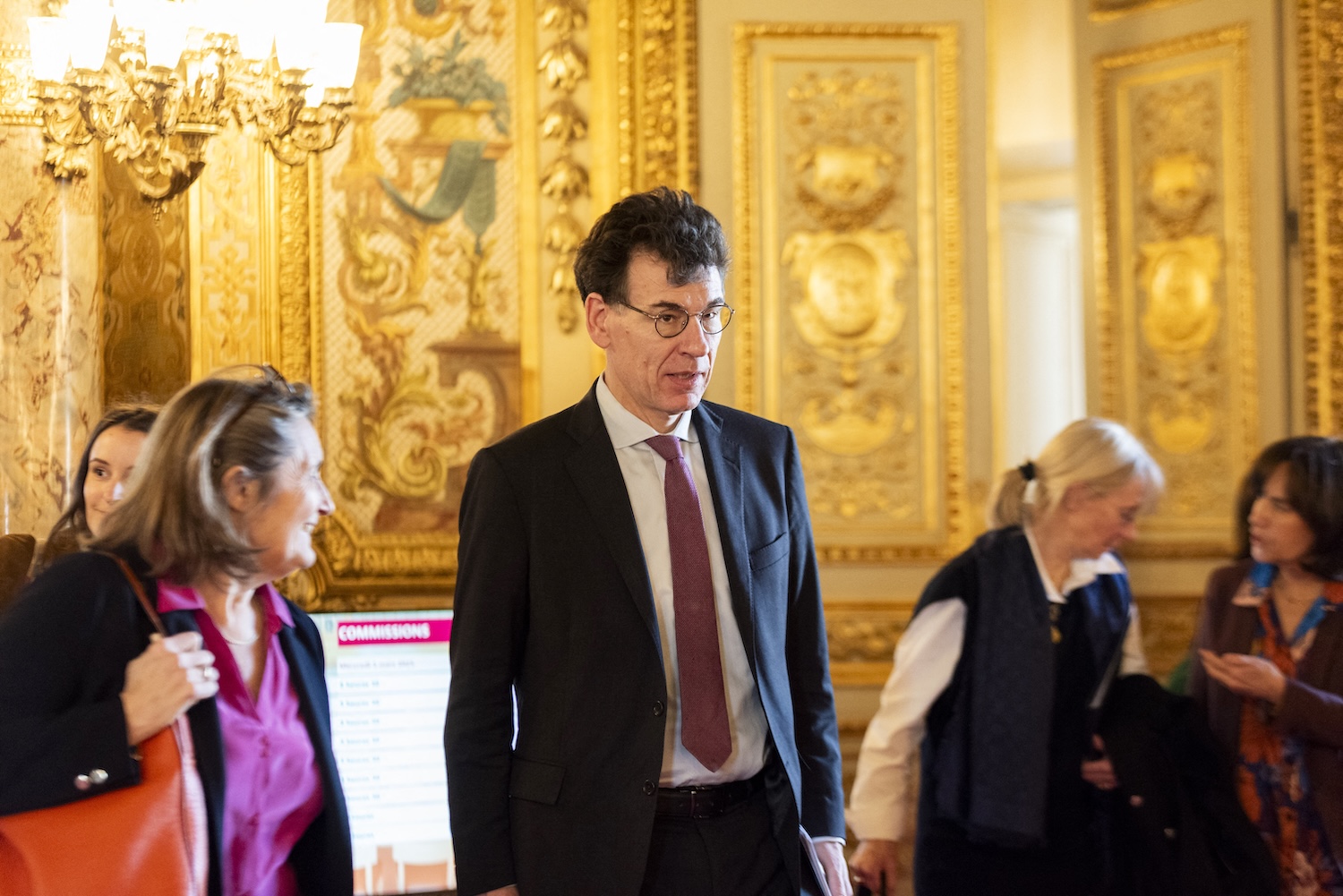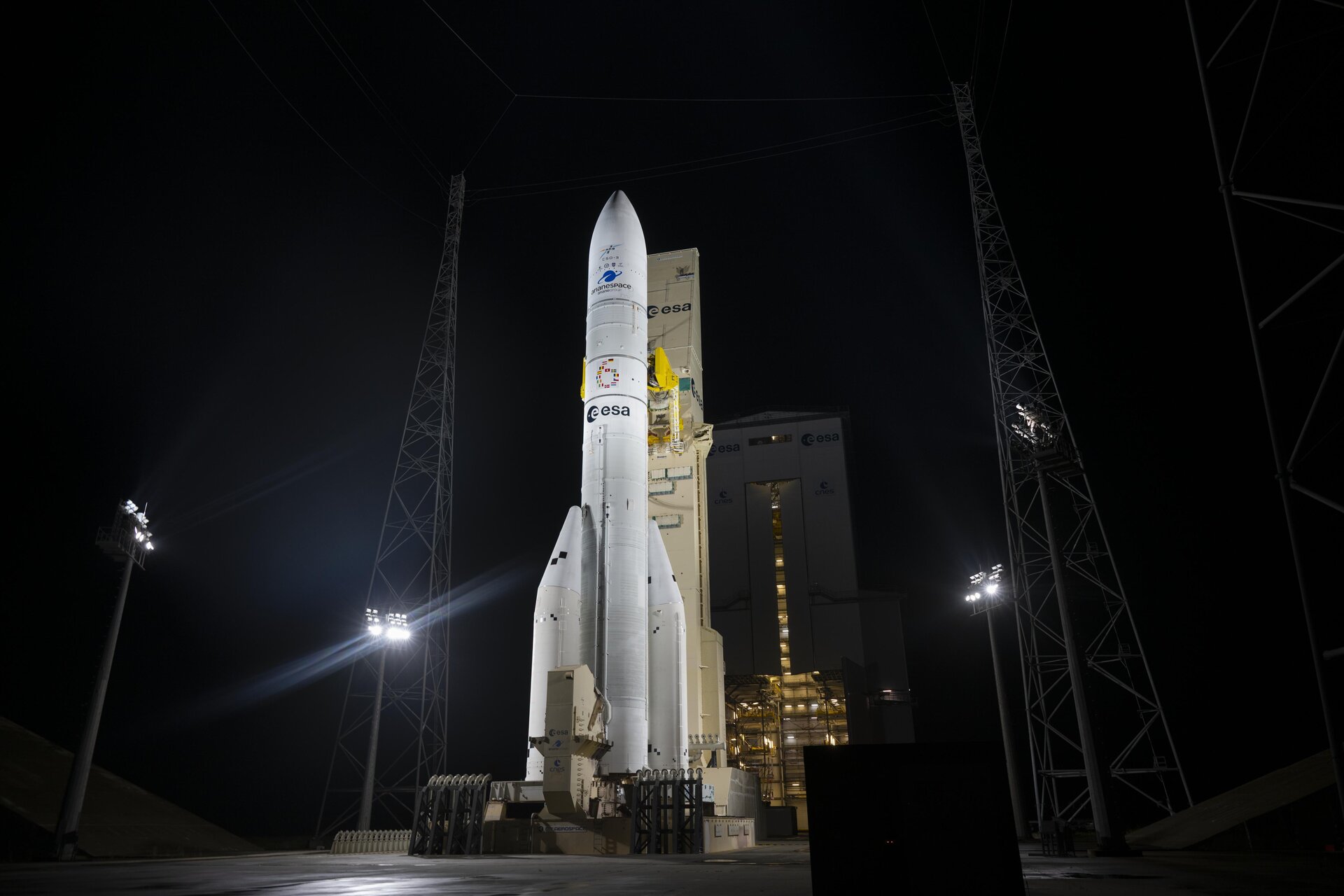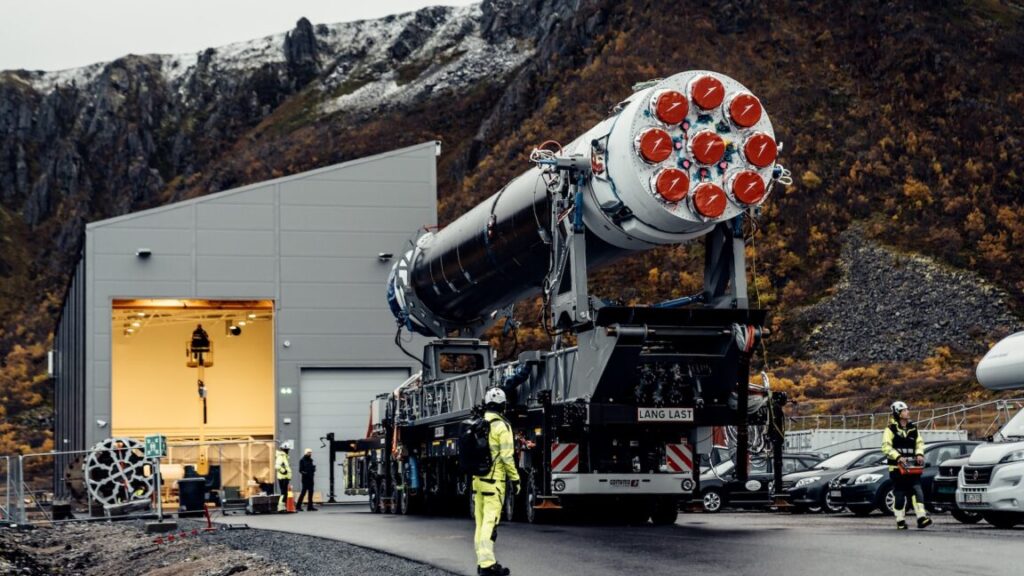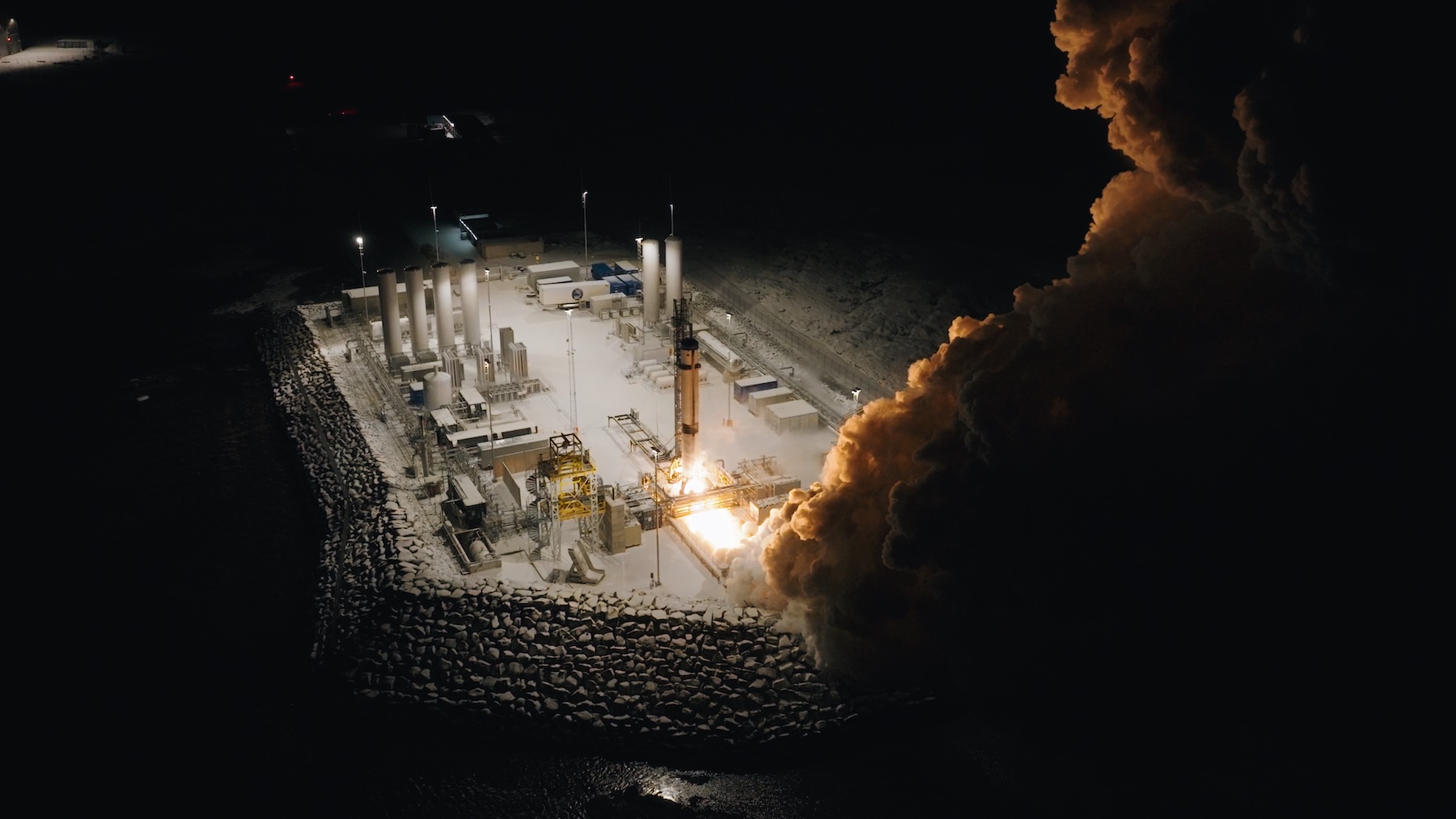After a very slow start, Europe’s reusable rocket program shows signs of life
No one could accuse the European Space Agency and its various contractors of moving swiftly when it comes to the development of reusable rockets. However, it appears that Europe is finally making some credible progress.
This week, the France-based ArianeGroup aerospace company announced that it had completed the integration of the Themis vehicle, a prototype rocket that will test various landing technologies, on a launch pad in Sweden. Low-altitude hop tests, a precursor for developing a rocket’s first stage that can vertically land after an orbital launch, could start late this year or early next.
“This milestone marks the beginning of the ‘combined tests,’ during which the interface between Themis and the launch pad’s mechanical, electrical, and fluid systems will be thoroughly trialed, with the aim of completing a test under cryogenic conditions,” the company said.
Finally getting going
The advancement of the Themis program represents a concrete step forward for Europe, which has had a delayed and somewhat confusing response to the rise of reusable rockets a decade ago.
After several years of development and testing, including the Grasshopper program in Texas to demonstrate vertical landing, SpaceX landed its first orbital rocket in December 2015. Weeks earlier, Blue Origin landed the much smaller New Shepard vehicle after a suborbital hop. This put the industry on notice that first stage reuse was on the horizon.
At this point, the European Space Agency had already committed to a new medium-lift rocket, the Ariane 6, and locked in a traditional design that would not incorporate any elements of reuse. Most of its funding focused on developing the Ariane 6.
However, by the middle of 2017, the space agency began to initiate programs that would eventually lead to a reusable launch vehicle. They included:
After a very slow start, Europe’s reusable rocket program shows signs of life Read More »
